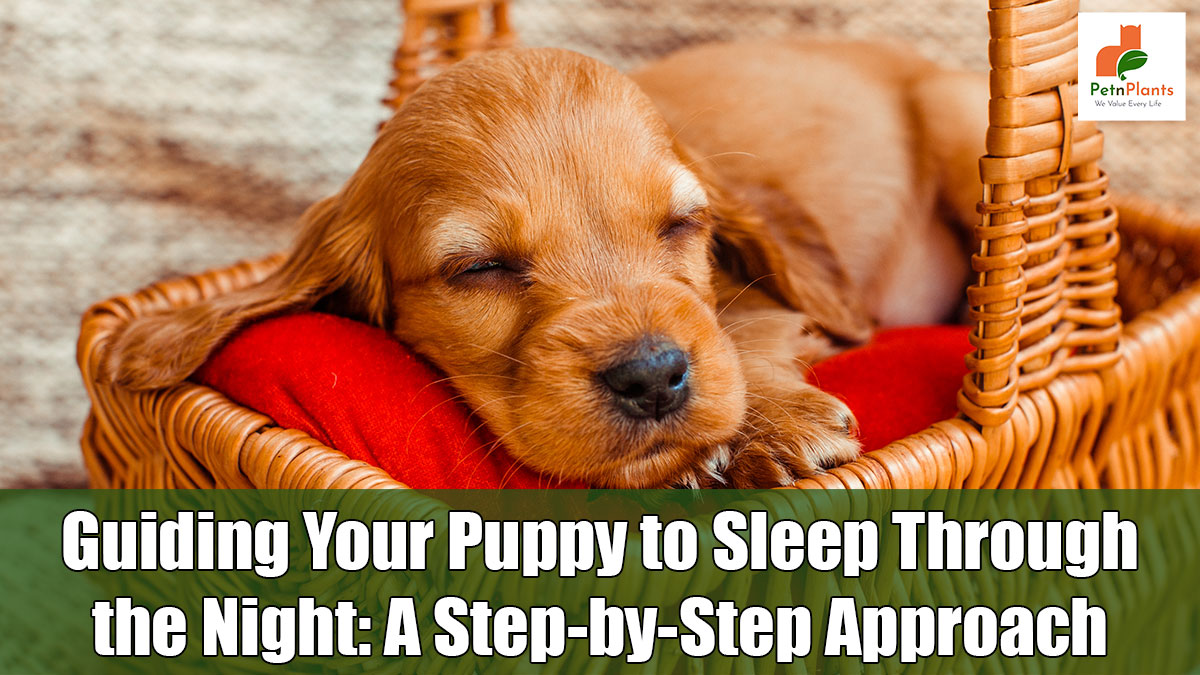How To
Latest
Pet Care
How to Groom Your Dog at Home with the Right Dog Grooming KitMarch 19, 2025
We Value Every Life

Welcoming a new puppy into your home is a joyous occasion filled with excitement and love. However, the initial adjustment period often presents challenges, particularly at night. Many new puppy owners wonder how to get a puppy to sleep at night without crying. This article offers an in-depth guide to help you and your furry friend enjoy peaceful nights and build a strong foundation for restful sleep.
Before addressing nighttime sleep, it’s essential to understand your puppy’s natural sleep patterns. Puppies are like infants—they require plenty of rest to support their rapid growth and development. Here are some key points about puppy sleep:
Understanding these fundamentals will help you approach nighttime training with empathy and patience.

A comfortable, secure, and quiet sleeping area is crucial to helping your puppy feel at ease at night. Here’s how to create the perfect environment:

Consistency is key when teaching a puppy to sleep at night without crying. A predictable routine helps your puppy understand what to expect and signals when it’s time to wind down for the day.

Puppies have small bladders and often need nighttime bathroom breaks, especially during the first few weeks. Here’s how to manage these interruptions effectively:

Separation anxiety is a common reason puppies cry at night. Being separated from their littermates and adjusting to a new home can be overwhelming. To ease this transition:
Training a puppy to sleep through the night requires patience and positivity. Puppies respond best to encouragement and rewards for desired behavior. Keep these principles in mind:

Certain common mistakes can prolong the training process and make it harder for your puppy to adjust:
If you’re struggling with how to get a puppy to sleep at night without crying, consider these additional tips:
If your puppy’s nighttime crying persists despite following these strategies, consult a veterinarian or professional dog trainer. Persistent issues could indicate underlying health concerns or behavioral challenges requiring expert intervention.
Teaching a puppy to sleep peacefully through the night requires patience, consistency, and understanding. By creating a comfortable sleep environment, establishing a predictable routine, managing bathroom breaks, addressing separation anxiety, and using positive reinforcement, you can help your puppy adjust to its new home and sleep schedule.
Every puppy is unique, and their needs may vary. Pay attention to your puppy’s signals, adapt your approach as necessary, and seek professional guidance. With time and effort, you’ll master how to get a puppy to sleep at night without crying, ensuring restful nights for you and your furry companion.
Pet N Plants, a passionate group of authors who are devoted pet and nature enthusiasts. With over 15 years of experience in pet and plant care, our authors bring a wealth of knowledge and a deep love for all things flora and fauna. Each member of our team is dedicated to sharing insightful tips, detailed care guides, and the latest trends to help you nurture your beloved pets and plants. Whether you're a seasoned gardener or a pet parent, our experts are here to support your journey in creating a thriving, vibrant home environment for all your living companions.
0